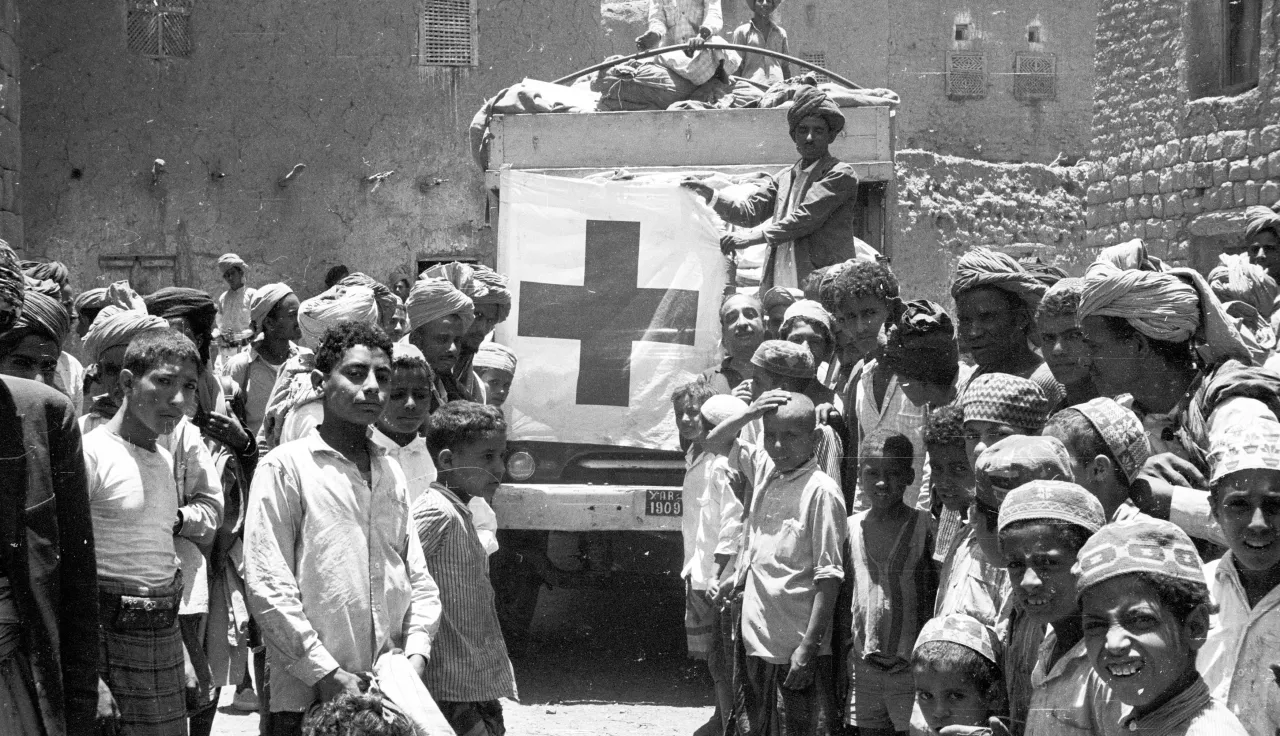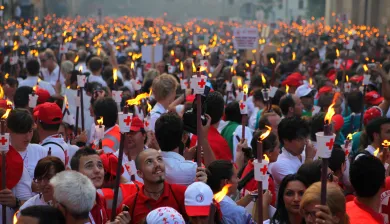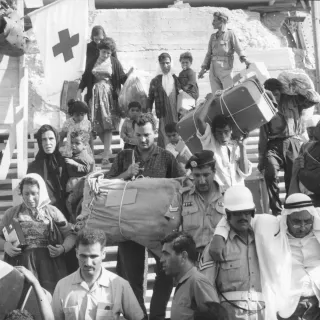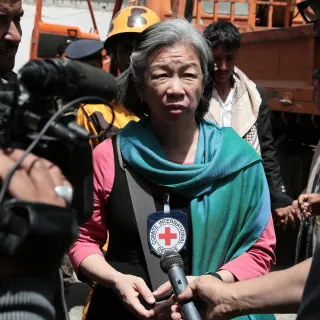In February 1863, what was to become the International Committee of the Red Cross met for the first time in Geneva, Switzerland. Among its five founding members was a local man named Henry Dunant who, the year before, had published a book entitled A Memory of Solferino, which called for better care for wounded soldiers in wartime.
By the end of the year, the committee had brought together government representatives to agree on Dunant’s proposal for national relief societies to help military medical services and, in August 1864, it persuaded governments to adopt the first and original Geneva Convention. This treaty obliged armies to care for wounded soldiers, whatever side they were on, and introduced a unified emblem for the medical services: a red cross on a white background.
The ICRC’s primary role was one of coordination, but it gradually became more involved in field operations as the need for a neutral intermediary between belligerents became apparent.
Over the next 50 years, the ICRC expanded its work, National Societies were established – the first in the German state of Württemberg in November 1863 – and the Geneva Convention was adapted to include warfare at sea.






